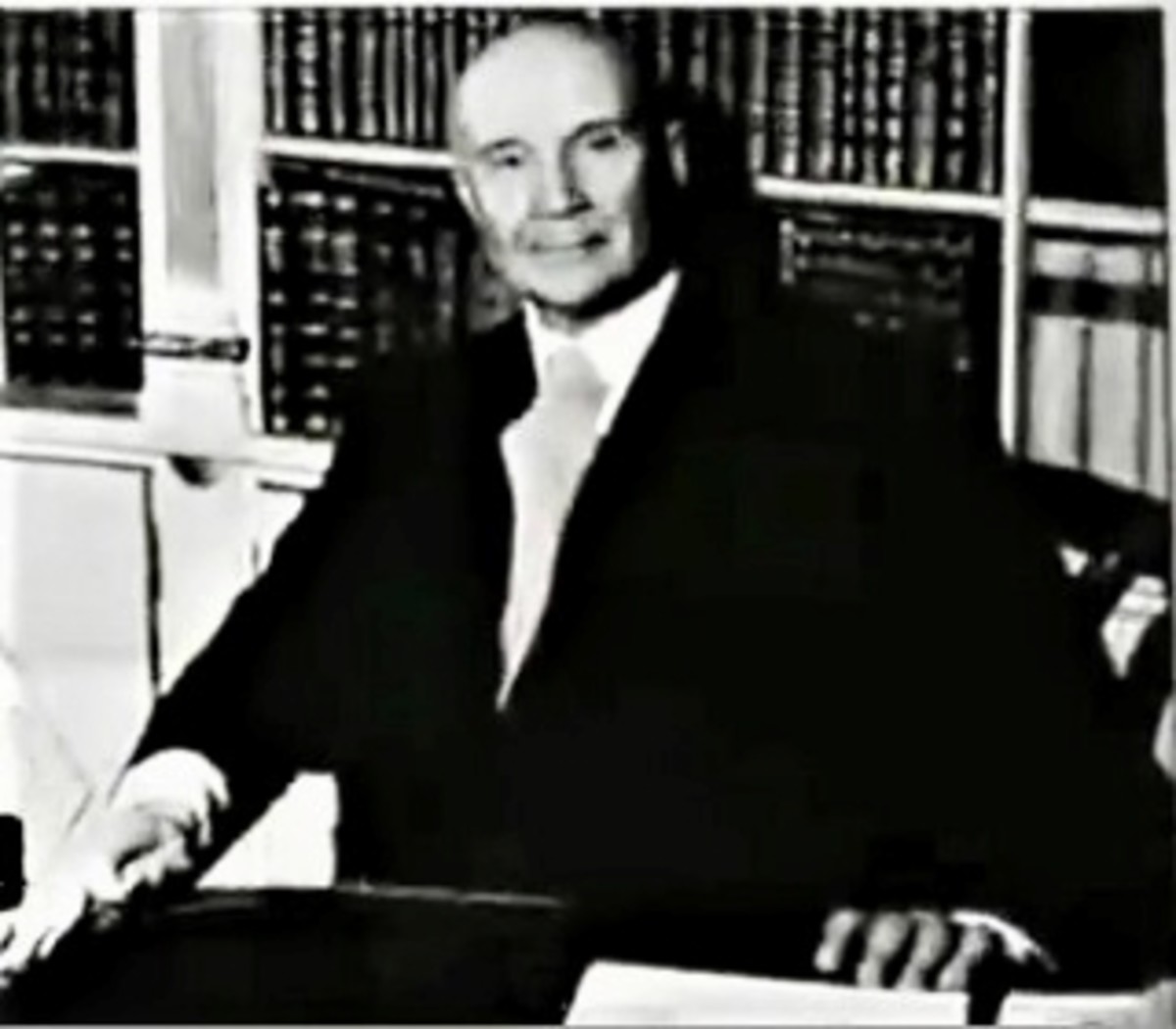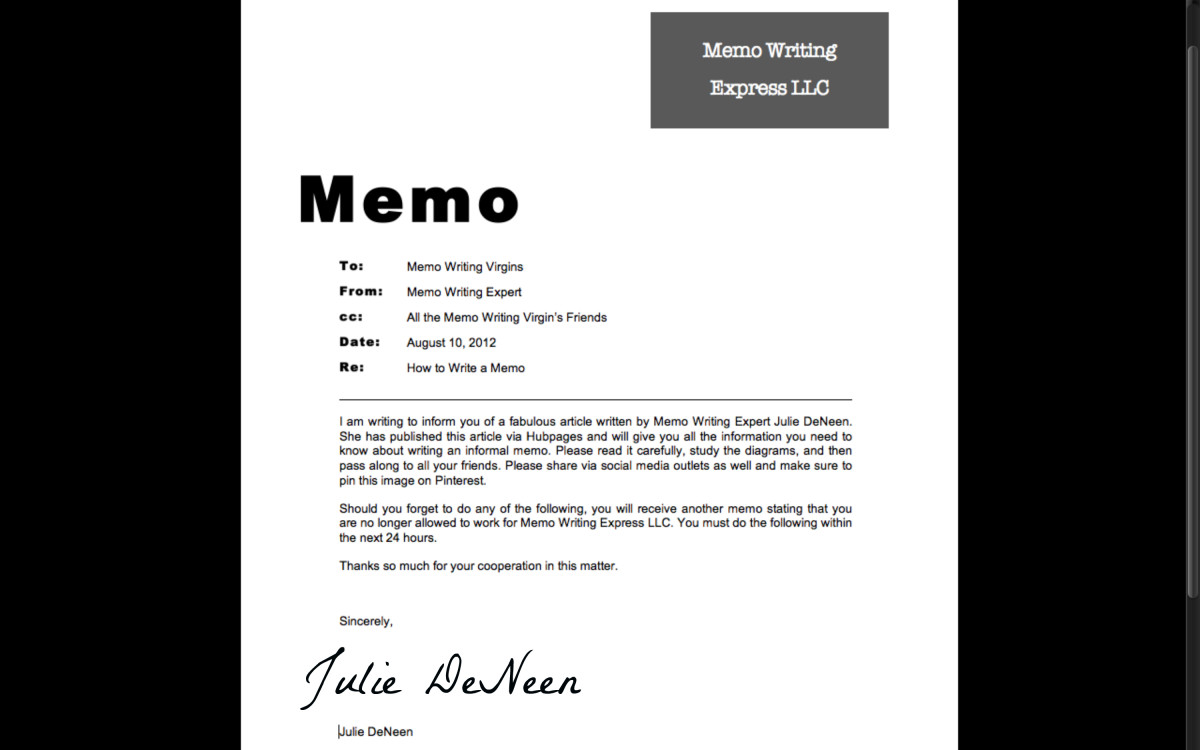How to Write a Scientific Paper

Scientific papers, whether written for the college classroom or to be published, are written with a different outline than literary or technical papers. There are 5 main topics that are listed in every scientific paper: Abstract, Introduction, Summary, Discussion, and Conclusion. These main topics can consist of one to several paragraphs, depending on the research conducted and the experimental findings. Furthermore, any opinion on part of the writer should be saved until the discussion or conclusion section. The overall goal of a scientific paper is relay unbiased opinions while displaying alternatives to the writer's view.

Abstract
A short, concise summary of all significant research and experiment findings are highlighted in the abstract, along with the overall conclusions of the paper. An abstract is designed as a shorted version of the paper for readers who do not have time to read the whole paper.

Introduction
The introduction introduces the paper's topic. It also discusses previous research conducted on part of the writer or others and any hypothesis the writer may have about their research or experiment. The hypothesis can be an opinion or an educated guess about the possible outcome of an experiment.

Summary
A summary of research conducted or experiment procedures are described in the summary. There is no discussion of research or experiment findings. The summary section is purely used to describe what books were used to research the paper topic and describe the steps taken during an experiment, if applicable.

Discussion
The discussion section takes the research findings or experiment results and discusses possible reasons for the results. This is where the writer's opinion can be shown with evidence or lack of evidence from the research or experiment conducted. The discussion section is also the section where the works of other authors can be used to support or deny the original hypothesis or topic of the paper.

Conclusions
The conclusions section outlines why the topic was initially researched or experimented or whether or not the hypothesis was right or wrong. This is also where the author may suggest further study of the topic.
Hubs on Some Scientific Topics
- Do You Know What Else Crude Oil Makes?
If the first thing you think of when you think crude oil is gasoline for your car, you might want to consider that crude oil is a crucial component in making these far more essential products. Simply reading the paragraph titles will give you a bette - You Are Currently Moving at about 1,000 mph!
Earth's planetary movements - Ever Wonder What is in the Air We Breathe?
The air you breathe makes a difference. - Do You Know What Peak Oil Is? If Not, You Should
For many decades, there has appeared to be an unlimited supply of oil but, like all good things, its time will come to an end. - Predicting Future Sea-Level Change
Predicting future sea-level change by looking at ways present sea-level is monitored. Understanding and predicting future sea-level change is important because Earth’s climate is also changing.
Scientific papers can be long or short and their content is usually quite considerable. It is important to know how to write a scientific paper because an unbias opinion on the author's part is crucial for scientific ideas to grow.
Books on How to Publish Scientific Papers
© 2013 morningstar18









